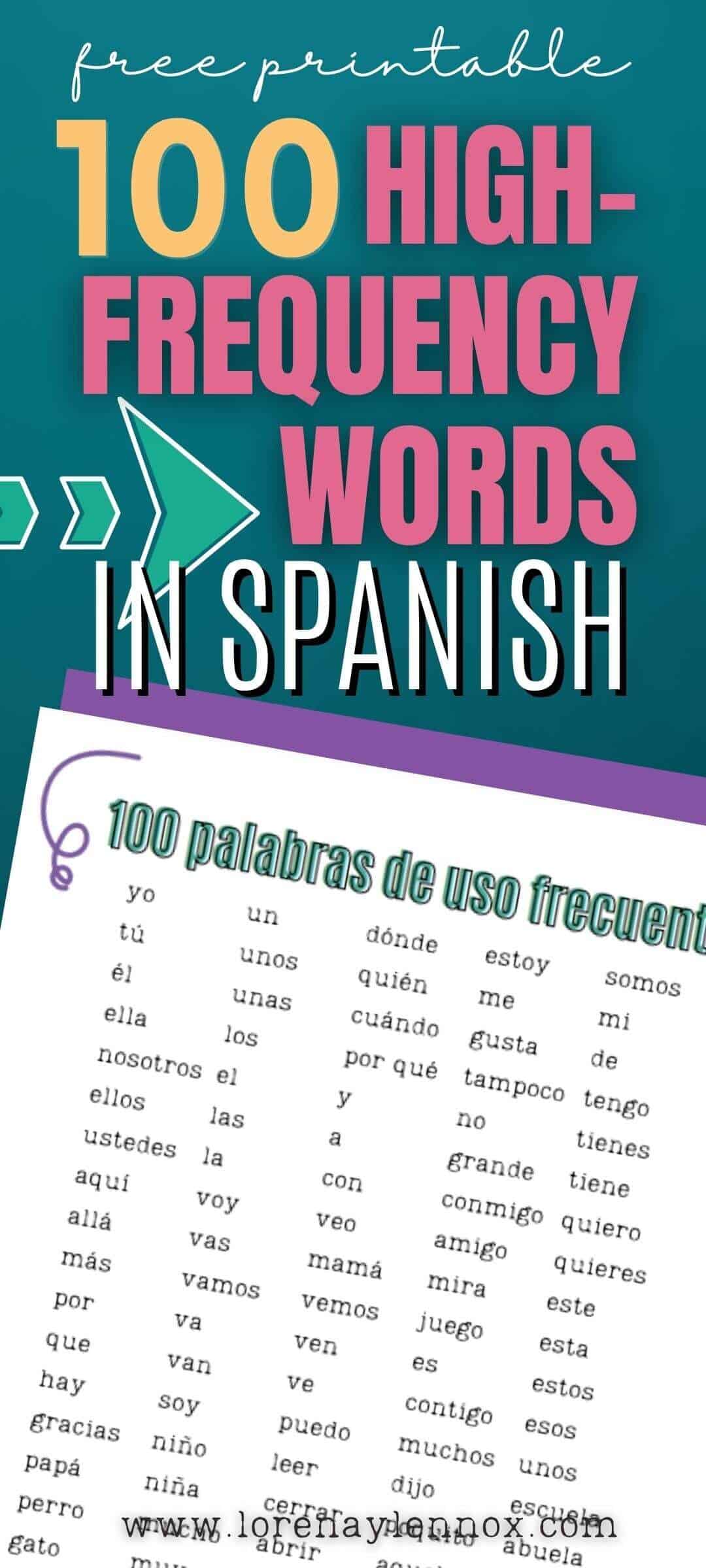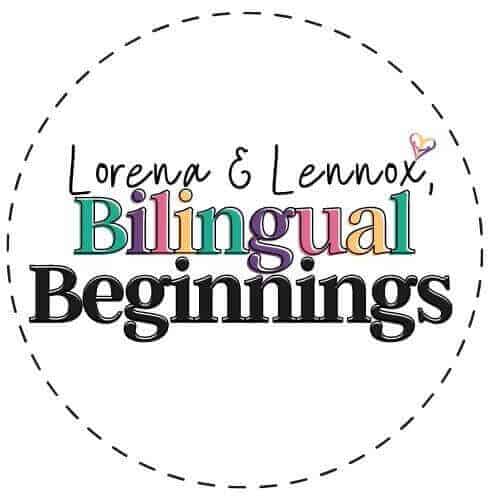In today’s post, we’re going to dive into Spanish high-frequency words. Whether you share my passion for languages, are an educator, or a parent dedicated to nurturing your child’s language skills, delving into sight words is an exciting step toward mastering Spanish reading and writing.
In this introductore guide, we’ll delve into the concept of high-frequency words in Spanish, exploring their role in language acquisition and fluency. From defining what high-frequency words are to providing practical strategies for incorporating them into learning, this guide aims to equip you with valuable insights and resources.
By the end, you’ll be armed with the knowledge needed to enhance Spanish literacy skills effectively. So, let’s dive in and unlock the power of high-frequency words in Spanish!
Make sure to stay around for a free printable list of 100 high-frequency words to use in your Spanish classroom or homeschool today.
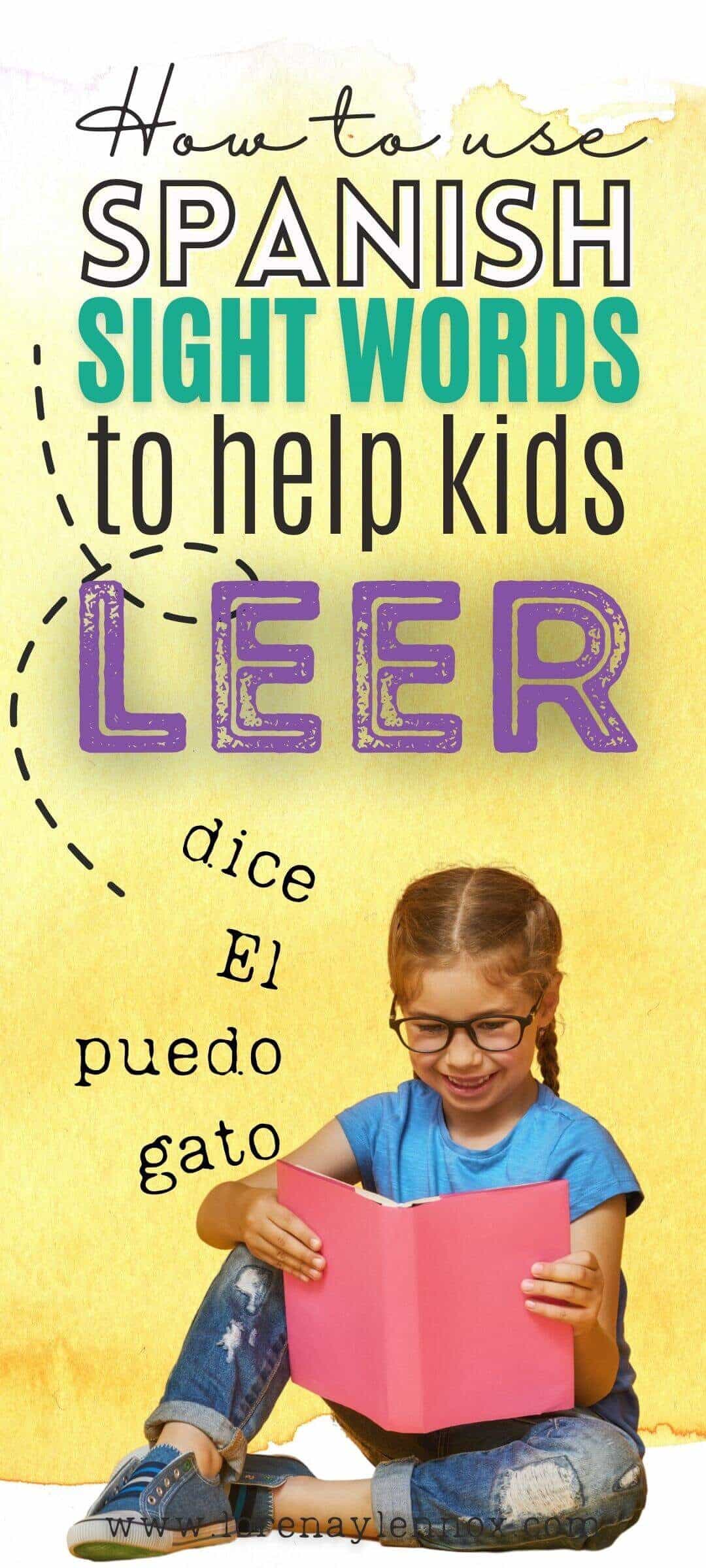
What are sight words?
“Sight words are the building blocks of the literacy instruction.” – Weareteachers.com
Sight words are simple, common words taught to kids to be memorized and eventually recognized within three-seconds.
Memorizing sight words help kids become faster and more fluent readers.
In the English language, practicing sight words and doing sight word activities are extremely helpful due to English’s non-phonetic nature. Non-phonetic means the pronunciation of a word does not correspond to its’ spelling.
Many sight words in English include words that do not fit phonetic patterns, i.e., of, through, through, etc.
On the other hand, Spanish is a phonetic language, and despite a few rules, each letter has one sound. This means that there is a heavier focus on phonetics-based learning over word memorization when it comes to teaching children how to read.
Phonetics-based learning works on breaking down the different letters and syllables of words.
I will go more into this in a future post.
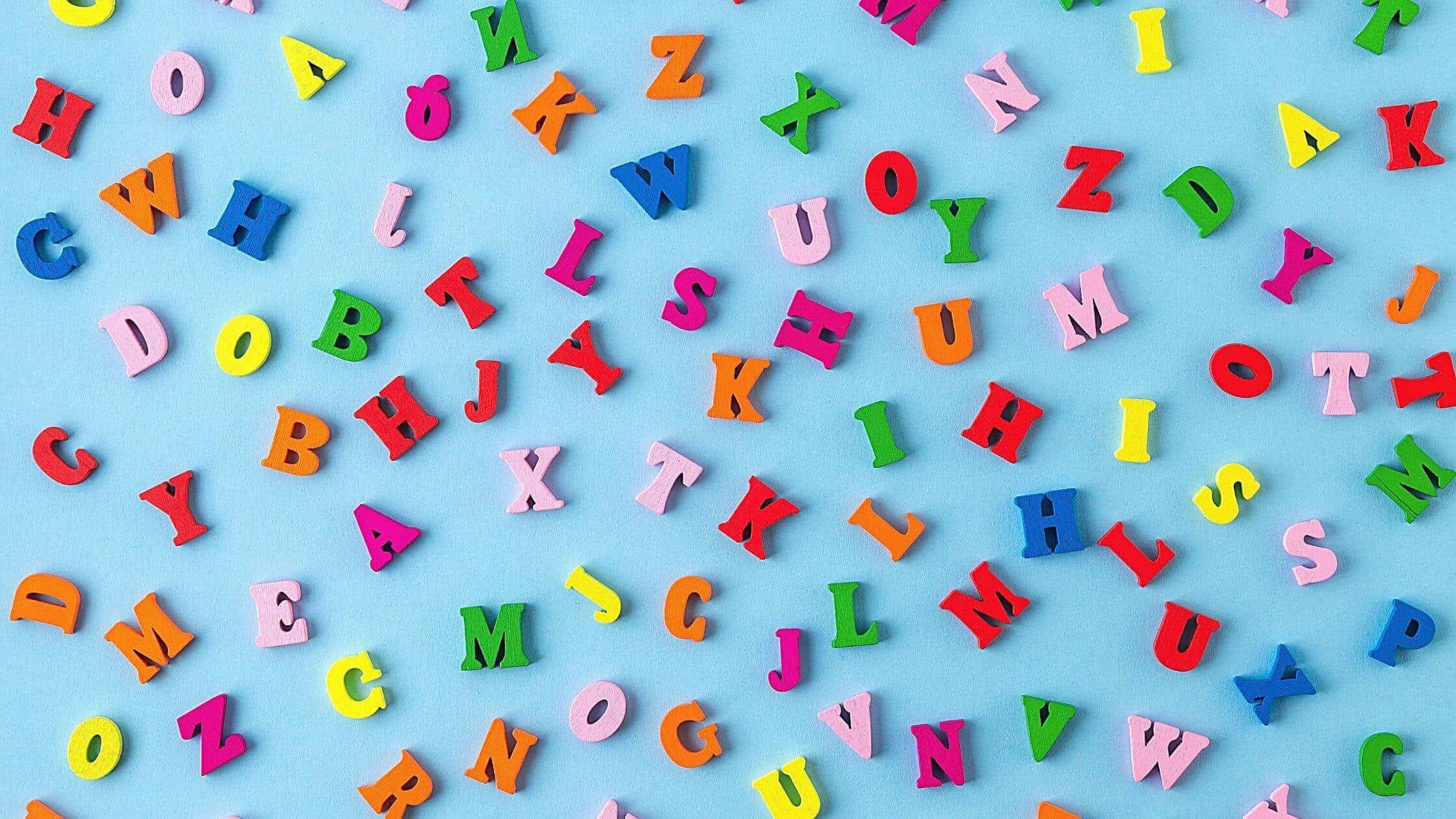
What are high-frequency words?
High-frequency words are the most commonly found words.
Sight words and high-frequency words share similar concepts and are often used interchangeably, though they are not the same.
Sight words are words that can be quickly read by sight. These are words that are memorized and, many of which do not fit a phonetic pattern.
High-frequency words are the MOST COMMON words found in texts. When children study high-frequency words and recognize them immediately, they turn them into sight words.
Tina, from Primary Delight Teaching goes more into how to turn high-frequency words into sight words here.
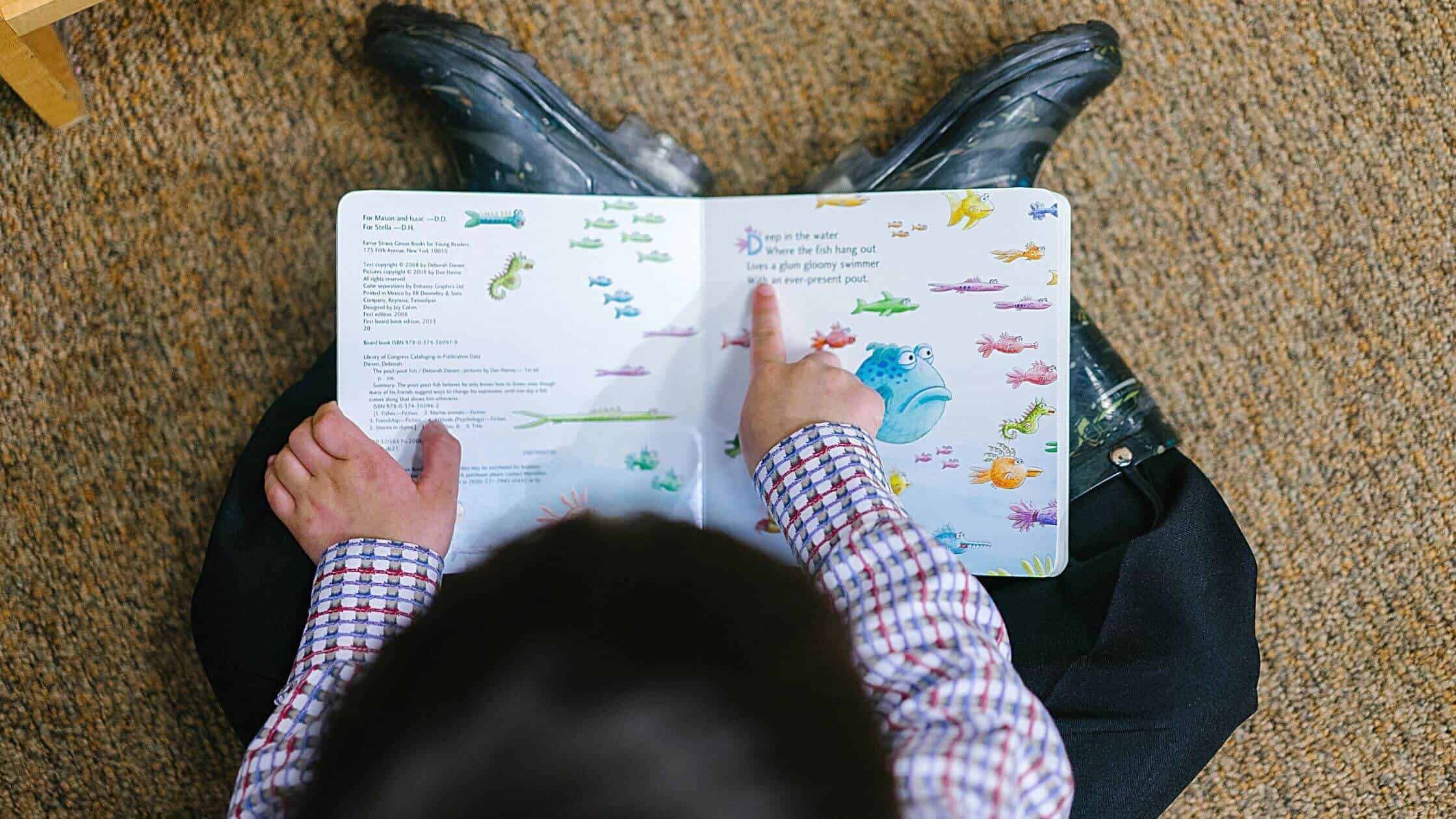
I do not remember doing sight word practice as a child. As a more right-brained thinker, I most definitely would have benefited from repetitive and memorization activities such as sight word activities.
Memorization and repetitive activities are how I learned Spanish and two other languages as an adult.
That is why, even though Spanish literacy takes a phonetic-based approach, I think that it would be beneficial to implement high-frequency word activities to guide children in their Spanish literacy journey.
I plan on executing some of these activities with my son Lennox over the next couple of months to see, and if these activities prove useful, I want to share them with you!
In the meantime, keep reading to see a list of ways you can use high-frequency words in the classroom or at home.
Ways to use high-frequency words in the Spanish classroom or at home
- Reading: The only way to become a better reader is through reading. Reading exposes children to new high-frequency words as well as new vocabulary. Allocate a slot of time in each day to read to your child.
For tips on reading to a bilingual child click here.
- Word of the day: Each time you read a book, scan through the book first to see if a particular high-frequency word frequently appears. Practice that word a few times with your child or student and have them locate the word with their finger when it comes up in the book.
For a list of children’s picture books in Spanish, click here.
- Songs– pick a nursery rhyme or children’s song and practice it throughout the week. Once your child becomes familiar with the song, give them a piece of paper with a particular high-frequency word and have them raise it in the air when they hear the sight word in the song.
You could also print out the lyrics to the song and have your child circle or highlight the high-frequency word as well.
- Poetry: Poems use a lot of high-frequency words. Print out a poem in Spanish with your child and have them circle the high-frequency word of the day! You might even learn some new vocabulary yourself =)
- Scavenger hunts:
- Choose a certain amount of sight words and hide them around the house or classroom.
- For some advanced extra fun, throw in a couple of words that are not on the list.
- See how many words your child can find that are on the list!
Related: Seasonal scavenger hunts in Spanish for kids
- I-Spy – write a couple of words on a paper, and see if your child can identify the high-frequency word of the day!
- Manipulative activities– using any concrete objects, blocks, shapes, cookie cutters, etc., have your kids explore letters with a hands-on approach.
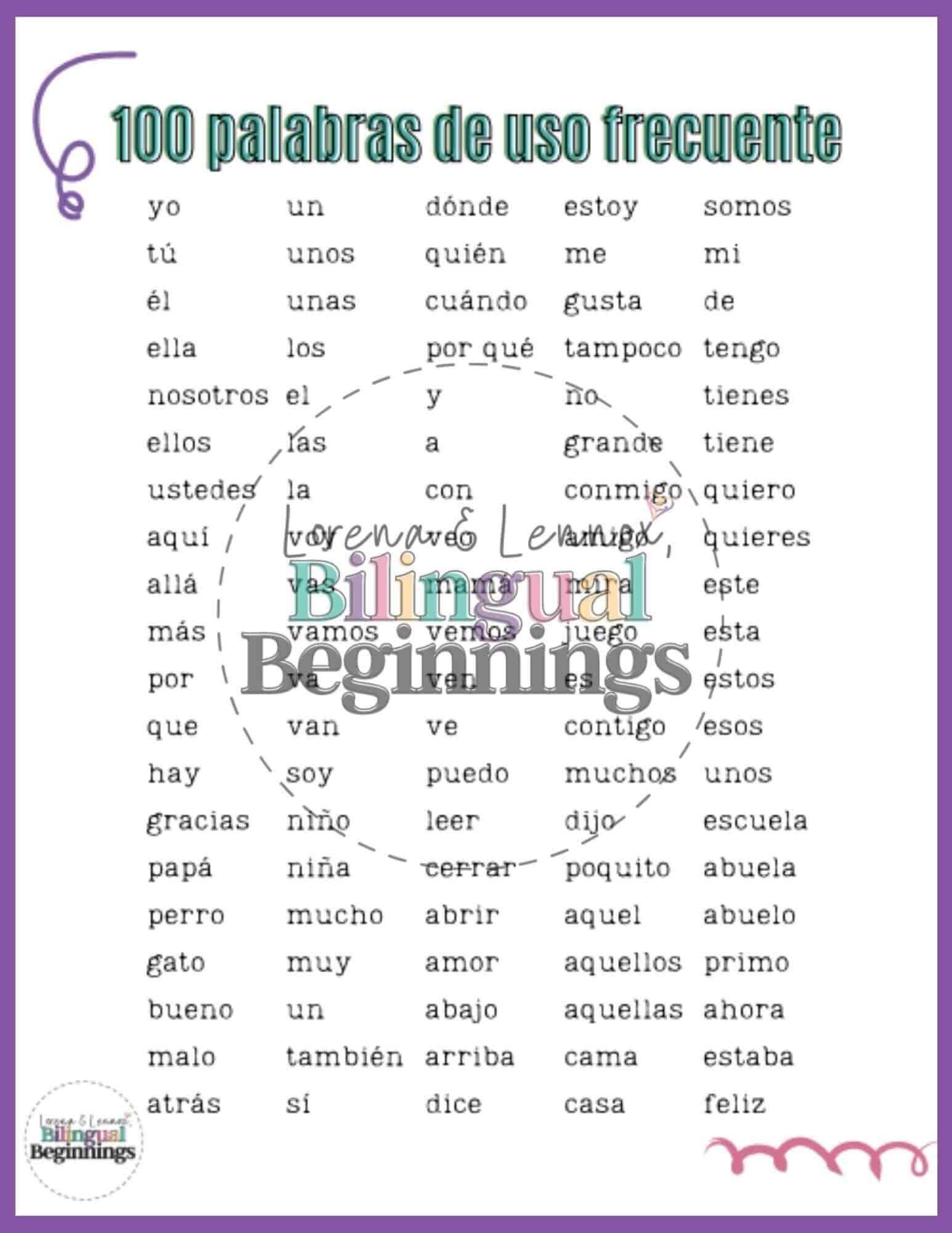
DOWNLOAD NOW
If you’re already part of our subscriber community, head over to the Free Spanish Printable Library (FSPL) and input the seasonal, case-sensitive password provided in each email I send your way!
New to Lorena & Lennox, Bilingual Beginnings, or simply haven’t subscribed yet? You can easily join us by entering your email address at the end of this post. By subscribing, you’ll not only gain exclusive access to this printable but also 100+ engaging seasonal and holiday-themed printables for kids in Spanish!
Once you’re subscribed, please ensure to check your inbox for a confirmation email. In case it’s not there, glance at your junk or spam folder as sometimes it accidentally ends up there. After confirming your subscription, a welcome email will follow, containing the passcode to unlock the FSPL.
TERMS OF USE
- This free printable is for personal use and personal classroom use (to share this resource, please direct others to this post to grab their free copy)
- This free printable may NOT be sold, hosted, reproduced, or stored on any other site (including blog, Facebook, Dropbox, etc.)
- All materials provided are copyright protected. Please see Terms of Use.
- The Graphics that I use are purchased and used with permission.
- I make free printables for my readers and my family. Your frequent visits to my blog & support purchasing through affiliate links and ads help support my blog! ¡Gracias!
Well amigos, I am sure there are TONS of more ways to use high-frequency words. Over the next couple of weeks, I plan to get out a couple of posts with activities that will help you use this list! Stay-tuned.
PLEASE leave me a comment below, letting me know your thoughts or opinions.
Again, this is a new area of education for me, so please do not hesitate to correct me on any errors or offer any recommendations!
¡Mil gracias!
Keep reading:
- Christmas Color by Sight Word Free Printables in Spanish
- 23 Spanish Children’s Picture Books To Learn the Alphabet
- Spanish Reading Resources and Tips for Emergent Readers
